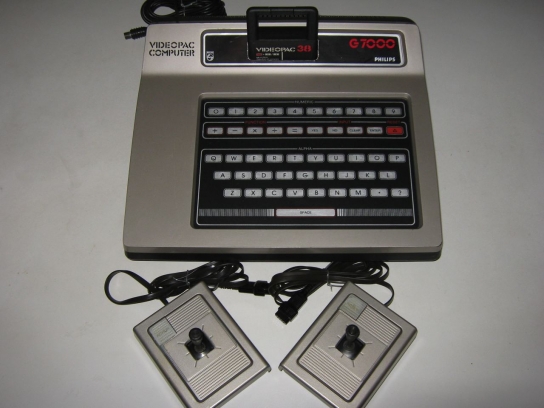
Autopsy:
Cartridges list:
- Philips Videopac #1 – Race/Spin-Out/Cryptogram.
- Philips Videopac #18 – Laser War.
- Philips Videopac #22 – Space Monster.
- Philips Videopac #38 – Munchkin.
- Philips Videopac #43 – Pickaxe Peter.
from Wikipedia:
The Magnavox Odyssey², known in Europe as the Philips Videopac G7000, in Brazil as the Philips Odyssey, in the United States as the Magnavox Odyssey² and the Philips Odyssey², and also by many other names, is a video game console released in 1978.
In the early 1970s, Magnavox was an innovator in the home video game industry. They succeeded in bringing the first home video game system to market, the Odyssey, which was quickly followed by a number of later models, each with a few technological improvements. In 1978, Magnavox, now a subsidiary of North American Philips, released the Odyssey², their new second-generation video game console.
In Europe and Brazil, the Odyssey² did very well on the market. In Europe, the console was most widely known as the Philips Videopac G7000, or just the Videopac, although branded variants were released in some areas of Europe under the names Radiola Jet 25, Schneider 7000, and Siera G7000. Philips, as Magnavox’s European parent company, used their own name rather than Magnavox’s for European marketing A rare model, the Philips Videopac G7200, was only released in Europe; it had a built-in black-and-white monitor.
Videopac game cartridges are mostly compatible with American Odyssey² units, although some games have color differences and a few are completely incompatible. A number of additional games were released in Europe that never came out in the US.
source: wikipedia videopac composite mod videopac flashcart
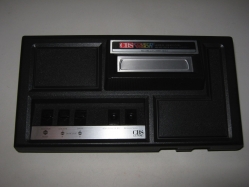















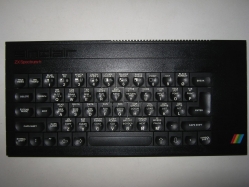















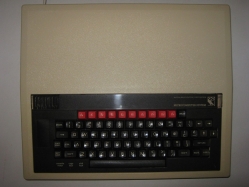















 The BBC Microcomputer System, or BBC Micro, was a series of microcomputers and associated peripherals designed and built by Acorn Computers for the BBC Computer Literacy Project, operated by the British Broadcasting Corporation.
The BBC Microcomputer System, or BBC Micro, was a series of microcomputers and associated peripherals designed and built by Acorn Computers for the BBC Computer Literacy Project, operated by the British Broadcasting Corporation.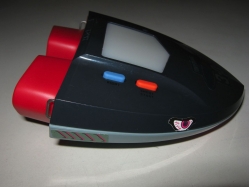












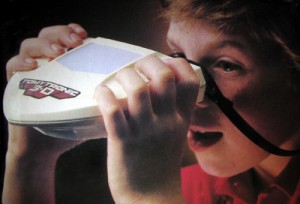 The Tomytronic games were at the time the ultimate in playground prestige, they cost more than other games, and heck, they were about as future as a 6 year old could get their hands on. You felt like you were Luke Skywalker looking through his crazy space binoculars.
The Tomytronic games were at the time the ultimate in playground prestige, they cost more than other games, and heck, they were about as future as a 6 year old could get their hands on. You felt like you were Luke Skywalker looking through his crazy space binoculars.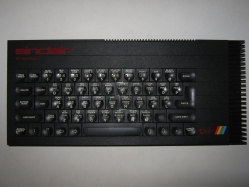















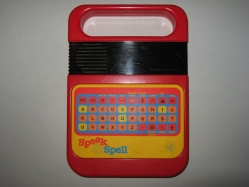











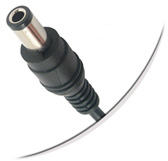
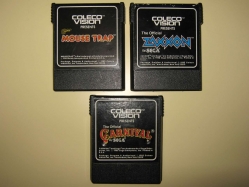




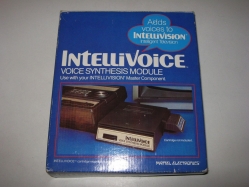















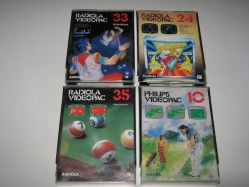
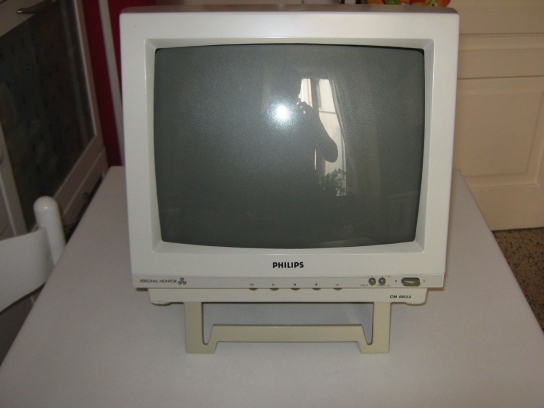





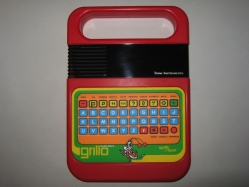































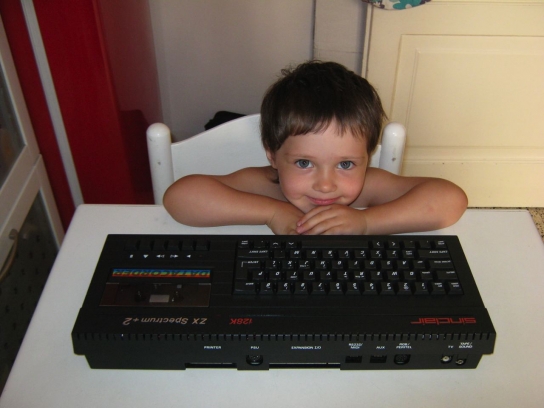















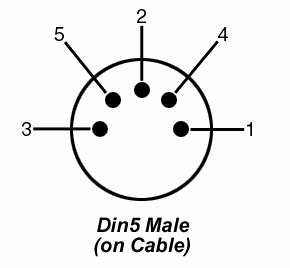



Recent Comments